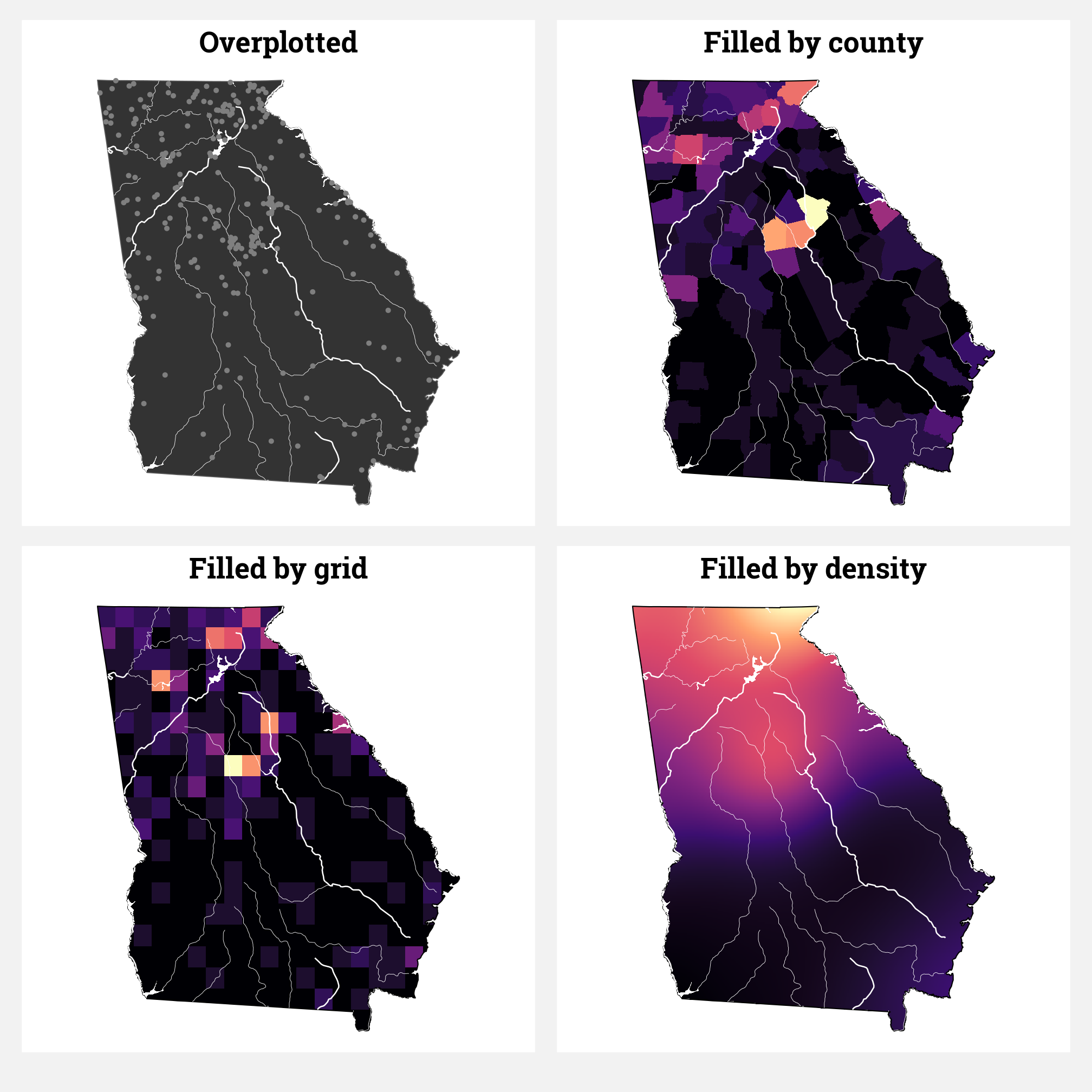
One of the best features of Strava is the battle to be King (or Queen) of the Mountain. Originally, in cycling, segments were typically climbs or difficult sections of road, and the simple idea, is who can complete the segment in the quickest time. Hence they would be KOM/QOM, King or Queen of the Mountain. Segments quickly expanded to pretty much any section of a course and to include running segments, to separate them from cycling.







